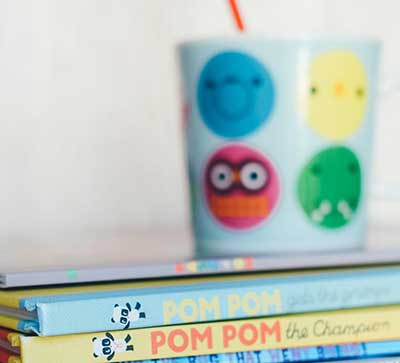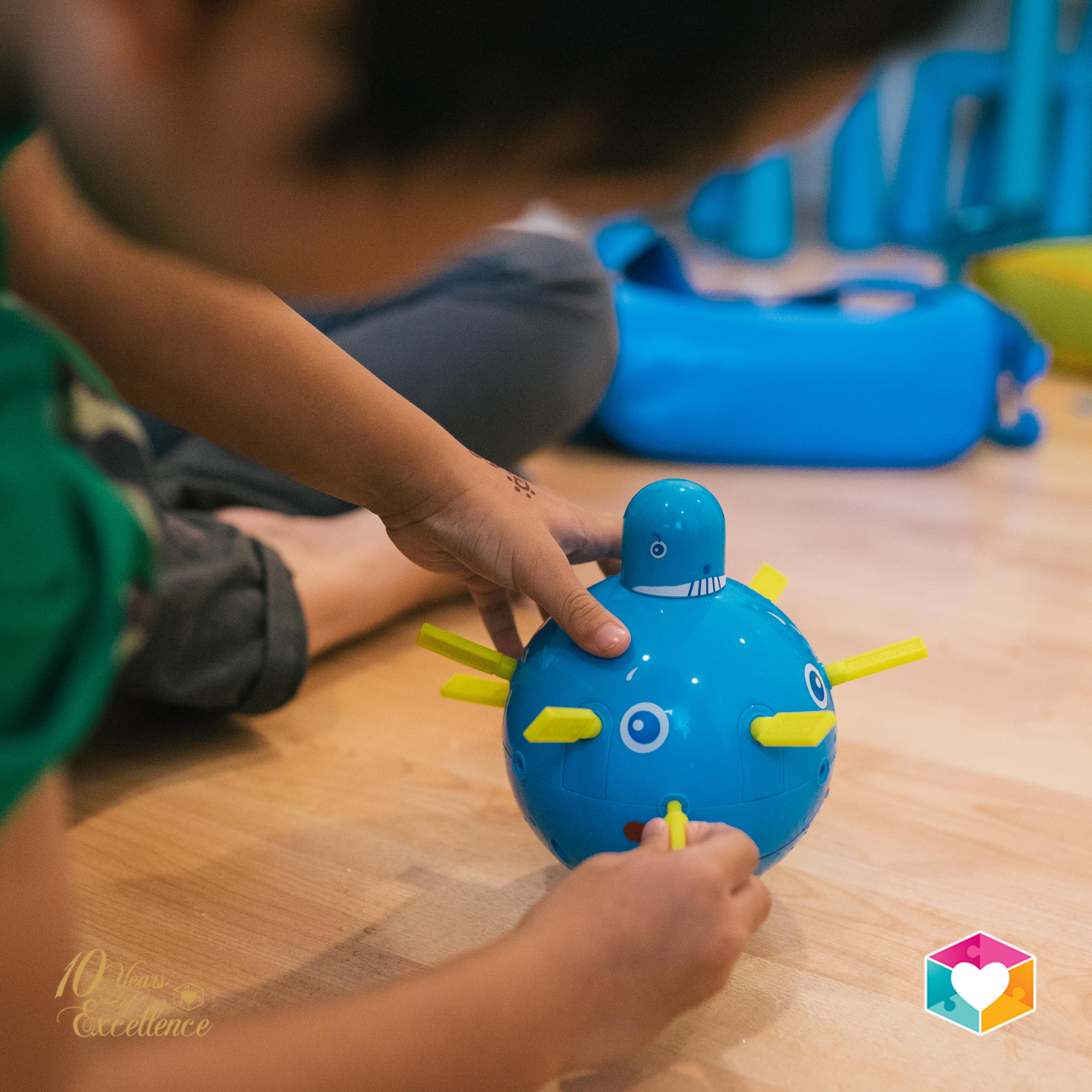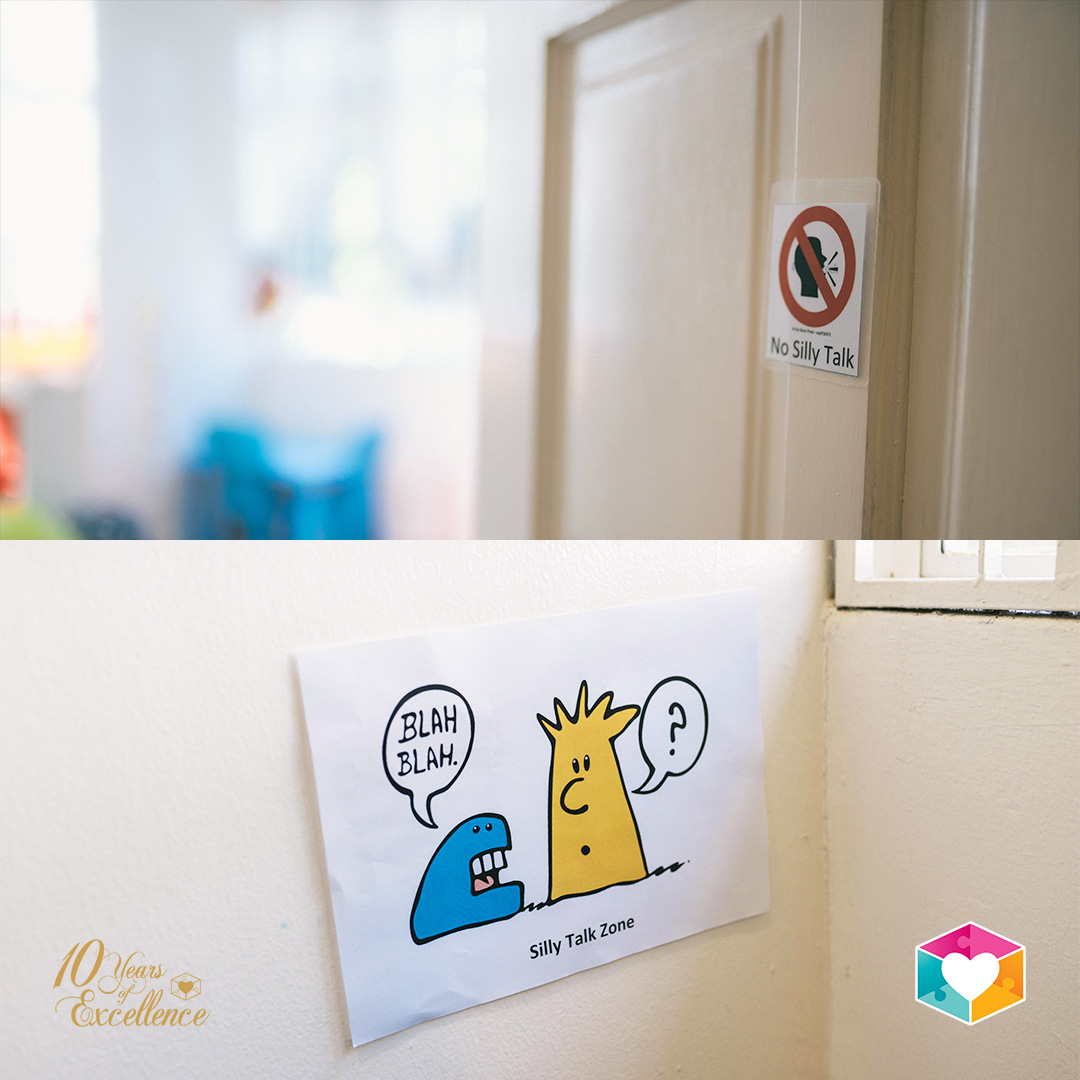
Creative teaching tips (Part I)
These are a collection of ideas that our team here at EAP has utilised over the last 3 weeks during our Progress Reviews with Dr Rebecca Thompson, a Senior Supervisor from our parent company, Wisconsin Early Autism Project (WEAP), and we want to share this bank of ideas with you!
Memory Game
This game is suitable for early and intermediate learners. Its objectives are to teach taking turns and to teach group-based games.
Shuffle the deck of cards and lay them face down on the floor or table. Take turns to flip a pair of cards over. If it matches, the player gets to keep the cards. If not, flip it over and wait for your turn again. The player with the most matched pairs win!
Just like in the video, label each card to engage your child, and comment as much as you can! For example, “Your turn!”, “No match!” and “It’s a match!”

Would You Rather
A game of Would You Rather is suitable for children with advanced language skills. However, unlike the version of Would You Rather we all know, we recommend using this game to increase social skills and social language. Some of the questions you can ask are:
- Would you rather have one really good friend or 3 normal friends?
- Would you rather argue back with a bully or just ignore and walk away?
- Would you rather learn 5 new languages or one new instrument?
- Would you rather finish up your homework or watch tv during your free time?
The objectives of this game are teaching problem solving, teaching making good decisions/choices, and increase conversational skills. Of course, you can include fun questions like “Would you rather be invisible or stop time?”.


Transportation Grid
This is a great way to increase conversational skills and generalise the skills of Categories utilising the skills of drawing, matching and descriptions as well. Our kiddo drew these types of transportation – air, water, road and tracks and then matched the corresponding object. We then took turns to describe a transportation of our choice!


Pie Face
Suitable for kids of all ages. Pie Face can build interaction between you and your child too!
We’ve done the research for you – you can purchase Pie Face online on these websites for a lower rate:


Sand Art
Sand art is great for running arts and crafts sessions with your child. It’s simple, creative and fun! It also helps with color recognition and matching, fine motor skills as well as hand-eye coordination.
Our team has found that the lowest prices for these Sand Art sets are at Mr DIY:
- 1 for RM0.90 (large)
- 2 for RM1.50 (regular size)


Learning Board
A learning board such as this one can help your child see his/her own progress, as well as motivate your child to learn so that he/she can move everything to the “What I’m good at” section.
This one is a School Learning Board, but you can create your own Learning Boards for almost anything – from play time to home independence.


Flexible Game
We use this to promote flexibility while running an interactive group-based game. It can be customised according to each child’s skills and preference.
Roll the dice and answer the respective scenario accordingly. For example, “He/she hates cleaning up toys after he/she is done playing with it. Is he/she being flexible or not?” and the answer in this case is “Not flexible“. Each correct answer earns the child a token, and when all 3 tokens are earned, the child gets a special token! This special token is normally something reinforcing, like a princess badge or the child’s favourite toy.


DIY Road Tracks
From setting up stops like a petrol station and a construction site, to putting up signages using wooden pegs, this can be a low-cost, DIY and simple play idea for you and your child! This can target receptive object labelling as well as expand your child’s creativity.
You can customize your roads to however you wish it to look like and get your child involved throughout the whole process! You can refer to our photo above on examples of stops and signs.


Tickle The Whale toy
This game is simple: fill the whale with water with a syringe, press the red pop up stand, and turn it clockwise to lock the trigger. Take turns to “tickle” the whale by inserting the stick into any whole. When the trigger is hit, the baby whale on top will pop up and water sprouts out.
This game targets hand-eye coordination, social skills and fine motor skills. You can comment throughout the game too! For example, “Your turn!”, “You’re safe!” and “Oh no, you tickled the whale!”
You can purchase this at Toys ‘R’ Us for less than RM60.


Sticker Books
Sticker books are great for children to learn labels and categories. This one is perfect for those who love animals, and is long lasting, too, as the stickers are reusable! You can purchase this online or at MPH Bookstore.


Mentos and Coke Science Experiment
This is a very simple and cheap DIY science experiment that would get any child engaged! You can target requesting such as “Open” and instructions such as “Put in” and “Get Mentos”
All you need is a bottle of coke (the more full it is, the bigger the reaction) and a few mint Mentos candy. Drop the Mentos in and the reaction is immediate!


DIY Balloon Pong
A DIY combination of ping pong and badminton. Make your own using cardboard or impraboard, and a balloon. This is a great reciprocal activity that teaches gross motor coordination as well as playing a form of sport with another person. Not to forget, it is a great opportunity to build tolerance towards balloons popping, too.


Baking Soda and Vinegar Science Experiment
It’s as simple as it looks! Add a few drops of food colouring to the vinegar to see a more vibrant effect. Add a teaspoon of baking soda into the vinegar and watch it erupt!
This is a great opportunity to practice hand-eye coordination. The child can practice requesting for the items and therapist can model colours as well. This is a good cause and effect activity that builds interest, anticipation, engagement and attention!


Jimmy Mouse Love Cheese
A great interactive toy idea for play time, targeting colour recognition, parent-child interaction as well as logical thinking.
Take turns to spin the colour rotator, push out the coloured macaroni according to the colour, and the game’s over when Jimmy Mouse falls over.
Get your own set at Mr DIY for around RM30 only!


Gladiator Mohawk
Get any colourful wig or head accessory, and you can call it your very own gladiator mohawk! Our kiddo loves wearing this and looking at himself in the camera, sometimes even taking his own photo! You can use fun items like these to entice your child, build rapport and even as a reinforcer. There really isn’t a limit to what you can use!


Receptive Object Label
Use this to teach your child Receptive Object Label incidentally, yet functionally. In other words, this method teaches the child what the item is (labelling the item), and where it belongs This can work with animals in the zoo, clothes in a wardrobe, as well as settings like the classroom or shopping mall.


Silly Talking Zone
Does your child constantly engage in verbal stimming? Set up No Silly Talking Zones all around the house/school, so that he/she knows can learn that verbal stimming is not the expected behaviour. Have a Silly Talking Zone and a Silly Talking Time in a small corner, and slowly fade it off, until your child no longer needs it. If your child gets reinforced by the visual, use plain visuals by simply writing “Silly Talking Zone” on a piece of A4 paper.


Weather Wheel
Create your own weather wheel with visuals and some blu-tack. We use this with one of our kiddos, asking him every day to check the weather outside and point the arrow accordingly.
This targets labelling and recognising the weather through a fun and creative way.

We hope that these ideas can fuel your creativity and include fun in your teaching. Every activity, be it play or learning, has targets and objectives. You can modify each idea accordingly. Let us know if this has helped you in any way! Watch out for Part 2 coming your way next week!